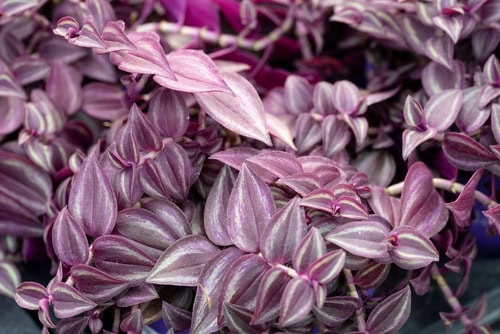Purple Passion Plant, also known as the velvet plant or Gynura, is a unique houseplant with striking purple leaves that add a pop of color to any room.
However, if you notice your Purple Passion Plant wilting, it can be a cause for concern. Wilting is a sign that something is not right with the plant, and it could be due to a variety of reasons.
Understanding the Purple Passion Plant is key to caring for it properly. This plant thrives in warm, humid environments with bright, indirect light. Overwatering and root rot are common causes of wilting in Purple Passion Plants, as well as over-fertilization and exposure to extreme temperatures.
In addition, fungal diseases like Botrytis Blight and Fusarium wilt can also cause the plant to wilt and die. It is important to identify the cause of the wilting to treat the plant effectively.
Key Takeaways
- Purple Passion Plant thrives in warm, humid environments with bright, indirect light.
- Overwatering and root rot are common causes of wilting in Purple Passion Plants.
- Fungal diseases like Botrytis Blight and Fusarium wilt can cause the plant to wilt and die.
You shouldn’t miss out on these other top posts:
- Why Is My Pothos Plant Dripping Water?
- Why Is My Polka Dot Plant Wilting?
- Why Is My Polka Dot Plant Leggy?
Understanding Purple Passion Plant
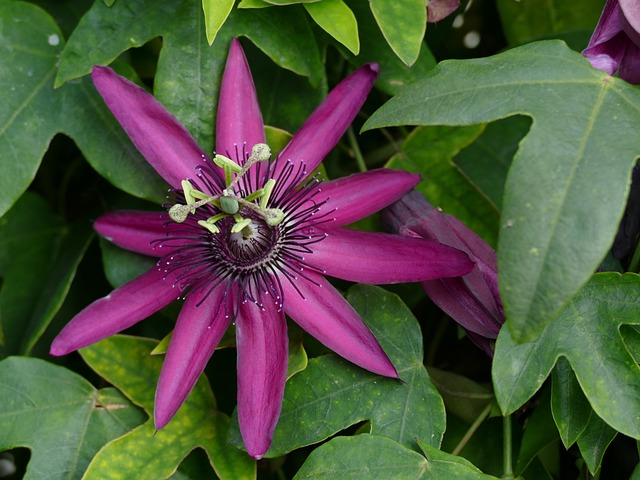
1. Botanical Name and Characteristics
Purple Passion Plant, also known as Gynura aurantiaca, is a tropical plant that belongs to the Asteraceae family. It is native to Southeast Asia and is a popular houseplant due to its unique appearance.
The plant is characterized by its velvety, purple leaves that are covered in soft, fine hairs. The leaves are oval-shaped and can grow up to 4 inches long. When the plant is in its prime, the leaves are a vibrant shade of purple that can add a pop of color to any space.
2. Growing Season and Height
The growing season for Purple Passion Plant is from spring to fall. During this time, the plant can grow up to 2 feet tall and 1 foot wide. It is a fast-growing plant that requires regular pruning to keep it in shape.
3. Velvety Texture and Purple Leaves
The velvety texture of the Purple Passion Plant’s leaves is due to the fine hairs covering the surface. These hairs help the plant retain moisture and protect it from pests. The purple coloration of the leaves is due to the presence of anthocyanins, which are pigments that give many plants their red, purple, and blue colors.
4. Flowering and Orange Flowers
Purple Passion Plant produces small, orange flowers that are not particularly showy. The flowers appear in clusters and are usually not a major feature of the plant. The plant is grown primarily for its attractive foliage.
Ideal Conditions for Purple Passion Plant
1. Preferred Temperature
Purple passion plants prefer average indoor temperatures of 60-70°F. They can tolerate temperatures as low as 50°F, but they cannot survive freezing temperatures. If the temperature drops below 50°F, the plant will start to wilt and die.
2. Humidity Levels
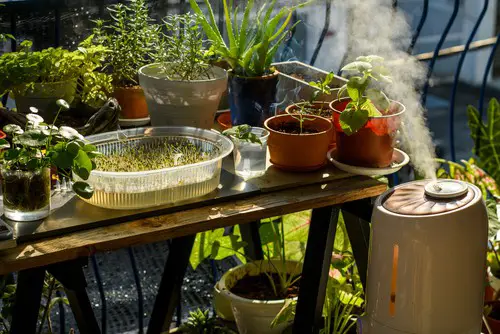
Purple passion plants thrive in a humid environment. Ideally, the humidity level should be between 40% and 60%. If the air is too dry, the leaves of the plant will start to wilt. To increase the humidity level around the plant, you can place a tray of water near the plant or use a humidifier.
3. Sunlight Requirements
Purple passion plants prefer medium to bright, indirect light. Direct sunlight can scorch the leaves and cause them to wilt. If the plant is not getting enough light, the leaves will turn yellow and start to drop.
4. Soil Type and Drainage
The soil for purple passion plants should be well-draining and rich in organic matter. The plant requires soil that retains moisture but also allows excess water to drain away. It is important to ensure that the pot has drainage holes to prevent water from accumulating in the soil.
To check the soil moisture level, insert your finger into the soil up to the second knuckle. If the soil feels dry, it is time to water the plant. If the soil feels moist, wait a few more days before watering.
5. Watering
Purple passion plants require regular watering, but overwatering can cause the roots to rot. Water the plant when the top inch of soil feels dry. Water the plant until the water runs out of the drainage hole, then discard the excess water. Do not allow the plant to sit in standing water, as this can lead to root rot.
Caring for Purple Passion Plant
1. Watering and Overwatering
Purple passion plants require regular watering, but it’s important not to overwater them. Overwatering can lead to root rot and cause the plant to wilt. To avoid this, allow the top 1-2 inches of soil to dry out before watering.
You can check the moisture level of the soil by sticking your finger in the soil or using a moisture meter. If the soil feels dry, it’s time to water.
When watering your purple passion plant, make sure to water it thoroughly so that the water reaches the roots. Allow the water to drain out of the pot and discard the excess water. Avoid leaving the plant sitting in water for too long, as this can also lead to root rot.
2. Potting and Repotting
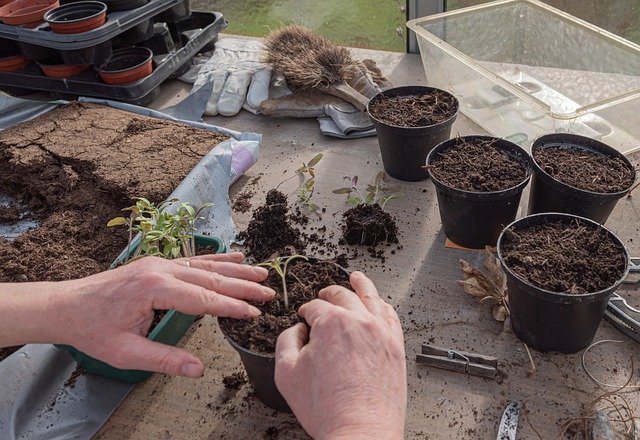
Potting and repotting are important aspects of caring for your purple passion plant. When potting your plant, make sure to use a well-draining potting mix. This will help prevent overwatering and ensure that the plant’s roots have access to the nutrients they need.
Repotting should be done every 1-2 years, or when the plant has outgrown its current pot. When repotting, choose a pot that is slightly larger than the current pot and make sure it has drainage holes.
Gently remove the plant from its current pot and loosen the roots before placing it in the new pot. Fill in the gaps with fresh potting mix and water thoroughly.
3. Fertilizing and Nutrients
Purple passion plants require regular fertilization to thrive. Use a balanced houseplant fertilizer every 2-3 weeks during the growing season (spring and summer). During the winter months, reduce fertilization to once a month.
In addition to fertilizer, purple passion plants require nutrients such as potassium. Potassium helps the plant to develop strong stems and leaves and promotes overall plant health. You can add potassium to the soil by using a potassium-rich fertilizer or by adding banana peels to the soil.
4. Pruning and Propagation
Pruning and propagation are important for maintaining the health and appearance of your purple passion plant. Prune the plant regularly to remove dead or damaged leaves and stems. This will help prevent disease and promote new growth.
Propagation is a great way to create new plants from your existing purple passion plant. You can propagate the plant by taking stem cuttings and rooting them in water or soil. Make sure to choose healthy stems and use a rooting hormone to encourage root growth.
Once the cuttings have rooted, you can plant them in their own pots and care for them as you would any other purple passion plant.
Common Diseases and Pests
Purple Passion Plants can be susceptible to a variety of diseases and pests that can cause the leaves to wilt. Here are some of the most common diseases and pests that can affect Purple Passion Plants:
1. Root and Crown Rot
Root and crown rot is a fungal disease caused by Phytophthora cinnamomi or Colletotrichum gloeosporioides. These fungi thrive in moist soil conditions and can cause the roots to rot, leading to wilting leaves and yellowing foliage. To prevent root and crown rot, it is important to ensure proper drainage and avoid overwatering the plant.
2. Fusarium Wilt
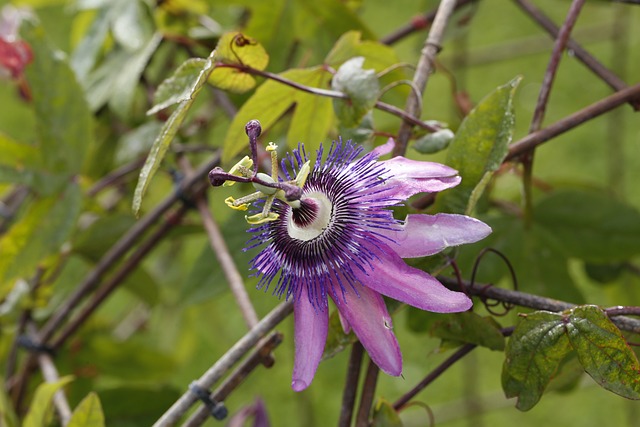
Fusarium wilt is a fungal disease caused by Fusarium oxysporum that can cause the leaves to wilt and turn yellow. The fungus attacks the plant’s vascular system, preventing the proper flow of water and nutrients. Infected plants should be removed to prevent the spread of the disease.
3. Botrytis and Other Fungal Diseases
Botrytis blight is a fungal disease caused by Botrytis cinerea that can cause the leaves to wilt and turn brown. Other fungal diseases, such as powdery mildew and leaf spot, can also affect Purple Passion Plants. These diseases are often caused by high humidity and poor air circulation.
To prevent fungal diseases, it is important to keep the plant dry and provide good air circulation.
4. Aphids
Aphids are small sap-sucking insects that can cause the leaves to wilt and curl. They can also transmit viruses that can cause further damage to the plant. To control aphids, it is important to regularly inspect the plant and remove any affected leaves. Insecticidal soap or neem oil can also be used to control aphids.
5. Spider Mites
Spider mites are another common pest that can cause the leaves to wilt and turn yellow. They are small, reddish-brown insects that feed on the plant’s sap. To control spider mites, it is important to regularly inspect the plant and remove any affected leaves. Insecticidal soap or neem oil can also be used to control spider mites.
6. Mealybugs
Mealybugs are small, white insects that can cause the leaves to wilt and turn yellow. They are often found in the crevices of the plant and can be difficult to control. To control mealybugs, it is important to regularly inspect the plant and remove any affected leaves. Insecticidal soap or neem oil can also be used to control mealybugs.
Treating Diseases and Pests
If your purple passion plant is wilting, it may be due to pests or diseases. Pests like aphids and spider mites can attack the plant, while fungal diseases like Botrytis Blight and Fusarium wilt can also cause the leaves to wilt. Here are some treatment options to consider:
1. Using Neem Oil and Insecticidal Soap
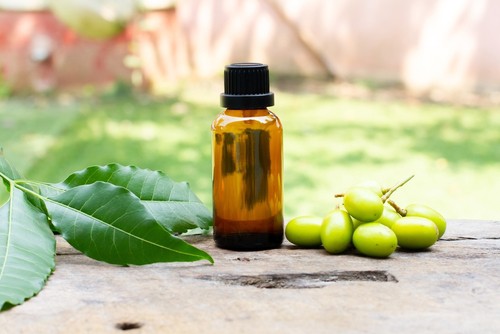
One way to address pest problems is to use neem oil or insecticidal soap. Neem oil is a natural pesticide that can be effective against spider mites and aphids. Insecticidal soap is another option for controlling pests. It works by suffocating the pests and can be used on a variety of plants, including the purple passion plant.
To use neem oil or insecticidal soap, mix the solution according to the package instructions and spray it onto the plant, making sure to cover both the top and bottom of the leaves. Repeat the treatment every 7-10 days until the pests are gone.
2. Addressing Overwatering and Drainage Issues
Overwatering can lead to root rot, which can cause the leaves to wilt. To address overwatering, make sure the plant is in a pot with good drainage and only water the plant when the top inch of soil is dry. If the soil is consistently wet, consider repotting the plant in fresh soil and a pot with better drainage.
3. Treating Fungal Diseases
Fungal diseases like Botrytis Blight and Fusarium wilt can also cause the leaves of the purple passion plant to wilt. To treat these diseases, remove any affected leaves and make sure the plant is in a well-ventilated area with good air circulation.
Avoid overhead watering, as this can promote the growth of fungal spores. If the disease persists, consider using a fungicide according to the package instructions.By addressing pests, overwatering, and fungal diseases, you can help your purple passion plant recover from wilting and thrive once again.
Purple Passion Plant Wilting
If you notice that your Purple Passion Plant is wilting, it could be a sign that something is wrong. Fortunately, there are steps you can take to revive your plant and prevent further wilting. This section will cover some of the common causes of wilting and how to fix them.
Why Is My Purple Passion Plant Wilting – 5 Common Problems
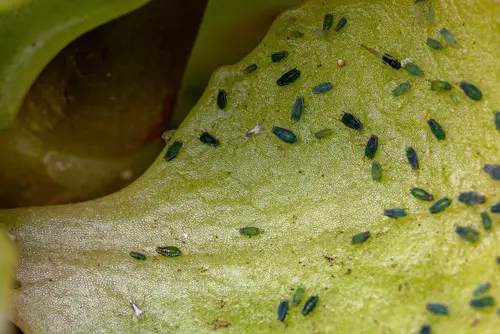
There are several reasons why your Purple Passion Plant may be wilting. Here are some of the most common causes:
- Overwatering: One of the most common causes of wilting is overwatering. If the soil is too wet, the roots can become waterlogged and start to rot. This can cause the plant to wilt and die. To prevent overwatering, make sure the soil is well-draining and allow the top inch of soil to dry out before watering again.
- Underwatering: On the other hand, if the soil is too dry, the plant may also wilt. Make sure to water your plant regularly, especially during hot and dry weather.
- Humidity: Purple Passion Plants prefer high humidity, so if the air is too dry, the leaves may start to wilt. You can increase humidity by misting the plant regularly or placing a humidifier nearby.
- Temperature: Purple Passion Plants prefer warm temperatures between 60-80°F (15-27°C). If the temperature drops too low, the plant may start to wilt.
- Diseases and Pests: Fungal diseases like Botrytis Blight and Fusarium wilt can cause wilting, as well as pest infestations like spider mites and mealybugs. Keep an eye out for any signs of disease or pests and take action immediately if you notice anything.
Steps to Revive a Wilting Plant
If your Purple Passion Plant is wilting, here are some steps you can take to revive it:
- Check the soil moisture level. If the soil is too wet, allow it to dry out before watering again. If it’s too dry, water the plant thoroughly.
- Increase humidity by misting the plant regularly or placing a humidifier nearby.
- Check the temperature and make sure it’s within the plant’s preferred range.
- Check for signs of disease or pests and take action immediately if you notice anything.
- Trim any dead or damaged leaves to encourage new growth.
By following these steps, you can help revive your Purple Passion Plant and prevent further wilting.
Frequently Asked Questions
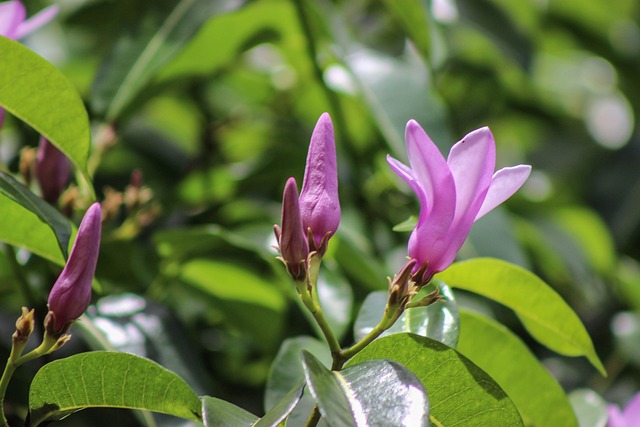
What causes purple passion plants to wilt?
There are several reasons why purple passion plants may wilt. The most common reason is overwatering, which can lead to root rot. Other reasons include underwatering, pests such as aphids and spider mites, and exposure to extreme temperatures.
How can I revive a wilted purple passion plant?
To revive a wilted purple passion plant, you should first identify the cause of the wilting. If the plant is overwatered, you should allow the soil to dry out before watering again.
If the plant is underwatered, you should water it thoroughly and ensure that the soil is moist but not waterlogged. If pests are the cause, you should treat the plant with an appropriate pesticide.
What are common reasons for purple passion plant leaves to curl?
Curling leaves on a purple passion plant can be caused by several factors, including overwatering, underwatering, exposure to extreme temperatures, and pests. If the leaves are curling inward, this may indicate underwatering, while curling outward may indicate overwatering.
What are some diseases that can affect purple passion plants?
Purple passion plants can be susceptible to fungal diseases such as Botrytis Blight and Fusarium wilt. These diseases can cause leaves to wilt and turn brown. To prevent these diseases, ensure that the plant is not overwatered and that there is adequate air circulation around the plant.
How often should I water my purple passion plant?
The frequency of watering a purple passion plant depends on several factors, including the size of the plant, the size of the pot, and the environment in which it is growing.
In general, the plant should be watered when the top inch of soil is dry to the touch. Overwatering can lead to root rot, so it is important to not water the plant too frequently.
What are some tips for keeping purple passion plants healthy?
To keep purple passion plants healthy, ensure that they are planted in well-draining soil and that the pot has adequate drainage holes. The plant should be placed in a location with bright, indirect sunlight.
It is also important to not overwater the plant and to regularly check for pests. Fertilizing the plant once a month during the growing season can also help promote healthy growth.

Hey, I’m Lisa and I’ve been an avid gardener for over 30 years. I love writing, talking and living in the garden! Feel free to connect with me on my socials below

